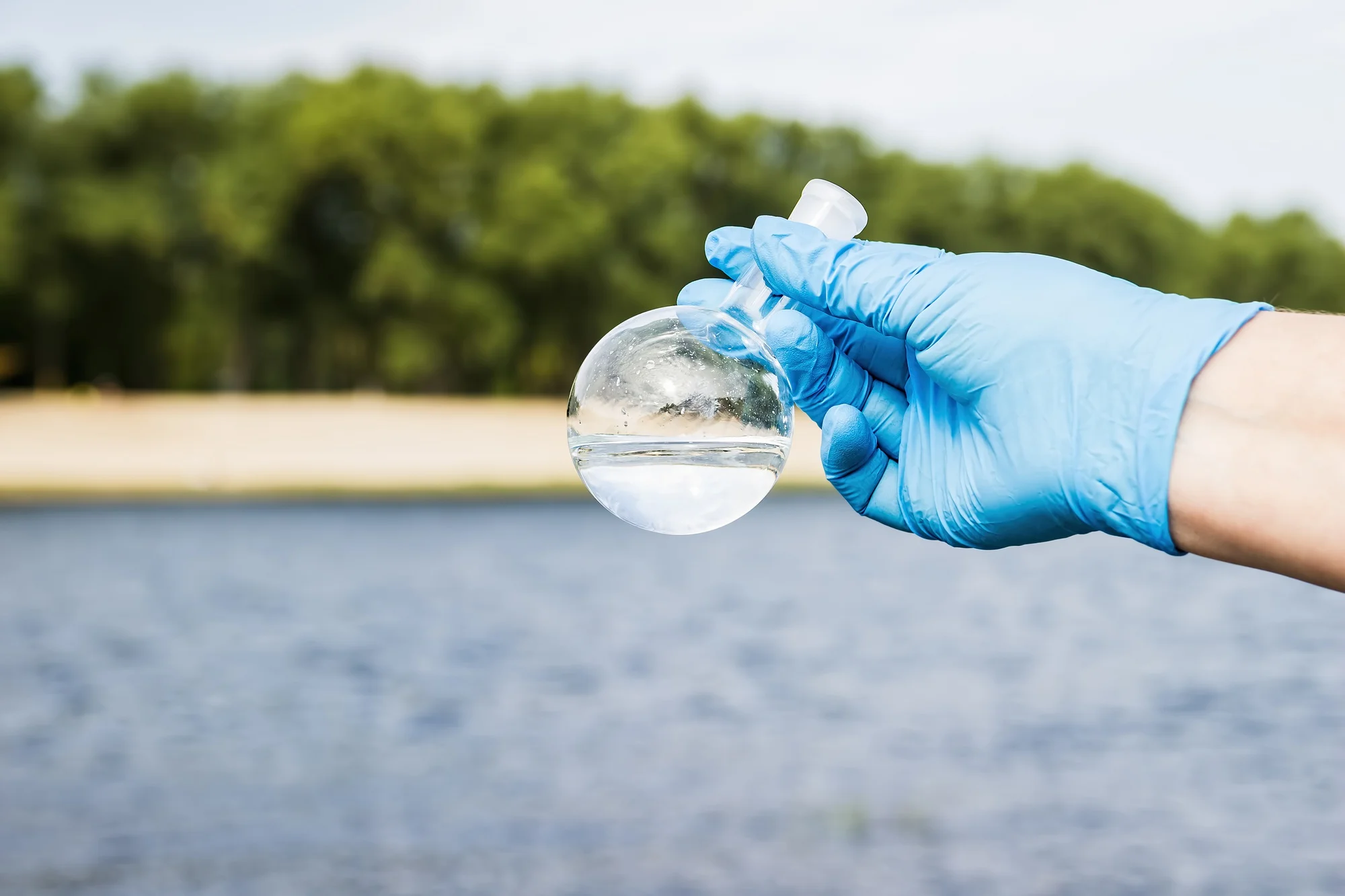Research published in the “Environmental Research” journal on January 11, 2024, sheds light on a promising new methodology for removing triclosan (TCS) from water sources. This study, carried out by an interdisciplinary team of researchers from several universities, focuses on a two-pronged approach integrating activated carbon (AC) adsorption and photodegradation processes.
Two-Pronged Approach to Purify Water
The presence of triclosan, a widely used antimicrobial agent in consumer products, has raised environmental concerns as it is consistently detected in various water bodies. Given potential health risks and environmental effects, the study “Efficient removal of triclosan from water through activated carbon adsorption and photodegradation processes” (DOI: 10.1016/j.envres.2024.118162) represents a pivotal advancement in tackling this emerging pollutant.
Medellín-Castillo and colleagues from institutions such as the Autonomous University of San Luis Potosi and the University of Granada, among others, have meticulously analyzed the efficacy of different types of activated carbons, including Darco, Norit, and F400. Batch experiments highlight the dependence of TCS adsorption capacity on the pH levels, reaching an optimum at neutral pH.
Exploring Adsorption Efficiencies
The researchers have meticulously characterized various activated carbons, testing their adsorption capabilities extensively. According to the paper’s findings, the maximum adsorption capacity of TCS onto the ACs examined was 18.5 mg g-1 at a balanced pH level of 7. This substantiates the potential of using activated carbon as a primary method for reducing triclosan concentrations in contaminated waters.
A Bright Path with Photodegradation
In addition to using ACs for adsorption, the research team delved into photodegradation as a complementary process. This technique involves the use of light to break down and decompose TCS molecules after their adsorption onto the activated carbons. The study indicates that photodegradation can effectively degrade TCS in water, diminishing the environmental impact of this persistent pollutant.
Comprehensive Collaborative Effort
The collaborative nature of this research is evident, with contributions from institutes across Mexico and Spain. The paper’s co-authors, including Lázaro Adrián González-Fernández and Raúl Ocampo-Pérez, have provided significant insights into this multidisciplinary study. Their collective expertise in engineering, environmental sciences, chemistry, and statistics has been instrumental in achieving these results.
Significance of The Research
This study addresses an issue of global significance, targeting the improvement of water quality by removing substances that threaten both human health and ecological balance. TCS is only one of many emerging contaminants, but this research paves the way for the treatment of various pollutants.
Practical Implications
With the methodology proposed, wastewater treatment plants could integrate these processes to effectively eliminate substances like TCS. The operational parameters delineated by the study assure adaptability and scalability to different water treatment needs and infrastructures.
Looking to The Future
While the study presents promising results, ongoing research is crucial for optimizing these methods and ensuring their viability on an industrial scale. The applicability and efficiency of these processes must withstand the test of time and continuous exposure to various pollutants.
Conclusion
The publication in “Environmental Research” represents a significant contribution to the field of water purification and environmental protection. It not only provides a feasible solution to a pressing environmental issue but also sets a foundation for future innovations in water treatment technologies.
References
1. Medellín-Castillo, N. A., González-Fernández, L. A., Ocampo-Pérez, R., Leyva-Ramos, R., Luiz-Dotto, G., … Sánchez-Polo, M. (2024). Efficient removal of triclosan from water through activated carbon adsorption and photodegradation processes. Environmental Research, 246, 118162. https://doi.org/10.1016/j.envres.2024.118162
2. U.S. Environmental Protection Agency. (2010). Pharmaceuticals and Personal Care Products (PPCPs). EPA. Retrieved from: https://www.epa.gov/ppcp/
3. Rodríguez, E., et al. (2019). Emerging Contaminants in Wastewater: A Review of the Literature. International Journal of Environmental Science and Technology, 16, 567–584.
4. Ahn, Y.-Y., et al. (2020). Treatment of Emerging Contaminants: The Removal Efficiency of Triclosan. Water Research, 181, 115926.
5. Yang, Y., et al. (2023). Advanced Oxidation Processes for the Removal of Triclosan: A Review. Chemical Engineering Journal, 401, 126020.
Keywords
1. Triclosan removal from water
2. Activated carbon adsorption
3. Photodegradation of pollutants
4. Water treatment technology
5. Removal of emerging contaminants
The comprehensive research by Medellín-Castillo et al. presents not only an insightful academic perspective but also offers practical and actionable solutions that could be implemented by industries and policymakers to safeguard our water bodies from pollution by substances like triclosan.
